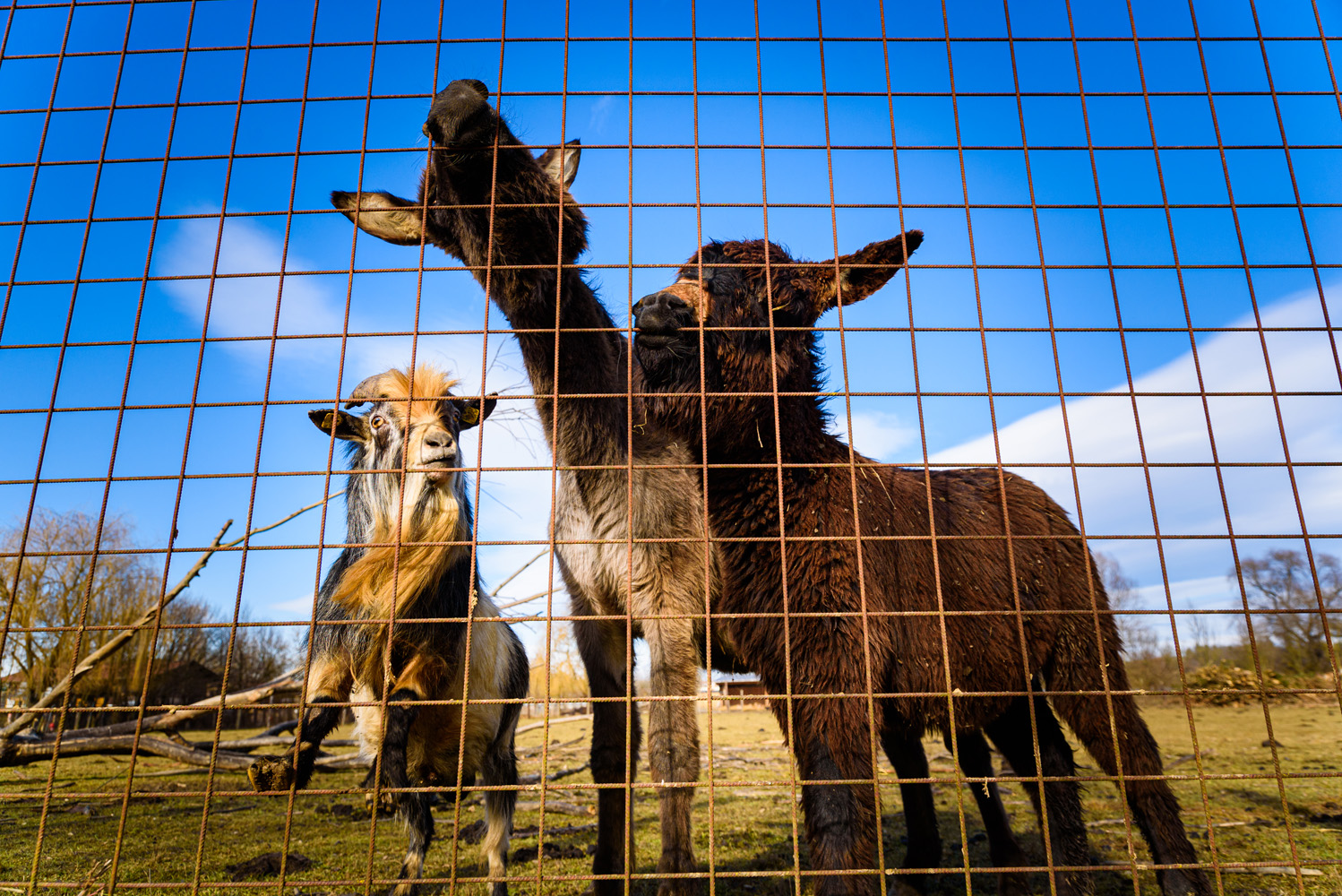
In the rich and diverse landscapes surrounding Laredo, TX, where the coexistence of human settlements and wildlife presents unique challenges, game and wildlife fencing emerges as a pivotal solution. This comprehensive guide delves into the essentials of implementing effective fencing strategies to safeguard both the natural inhabitants and the interests of property owners in Laredo and its adjacent areas.
Laredo, TX, nestled along the serene Rio Grande, is in proximity to vibrant ecosystems where wildlife, including deer, coyotes, and various bird species, thrives. However, as urban expansion continues, the interaction between wildlife and human habitats can lead to conflicts. Game and wildlife fencing serves as a crucial barrier, minimizing potential encounters and ensuring the safety of all parties involved.
Adjacent to Laredo, towns such as Zapata, Hebbronville, Cotulla, Encinal, and Nuevo Laredo in Mexico play significant roles in the regional ecosystem. These areas, each with its own unique landscapes and wildlife populations, underscore the importance of integrated wildlife management practices, including the strategic use of fencing to direct animal movements and reduce habitat fragmentation.
Height and Durability: Given the variety of wildlife in the Laredo region, fences must be sufficiently high and sturdy to deter entry or escape, ensuring the safety of both animals and humans.
Material Selection: The choice of materials, from traditional wire to modern synthetic options, should reflect the specific needs of the area, considering factors like climate, terrain, and the types of animals present.
Environmental Impact: Fencing should be designed and installed with minimal impact on the environment, preserving natural habitats and allowing for the safe passage of smaller wildlife species.
Community Engagement: Collaboration with neighboring communities such as Zapata and Hebbronville is essential in creating a cohesive strategy that benefits the entire region. Shared initiatives can lead to more comprehensive and effective conservation efforts.
As Laredo, TX, and its surrounding areas continue to navigate the balance between development and conservation, the implementation of game and wildlife fencing stands out as a practical and necessary measure. By understanding the local ecosystems, engaging with nearby communities, and employing effective fencing strategies, we can ensure the protection of wildlife while safeguarding human interests.